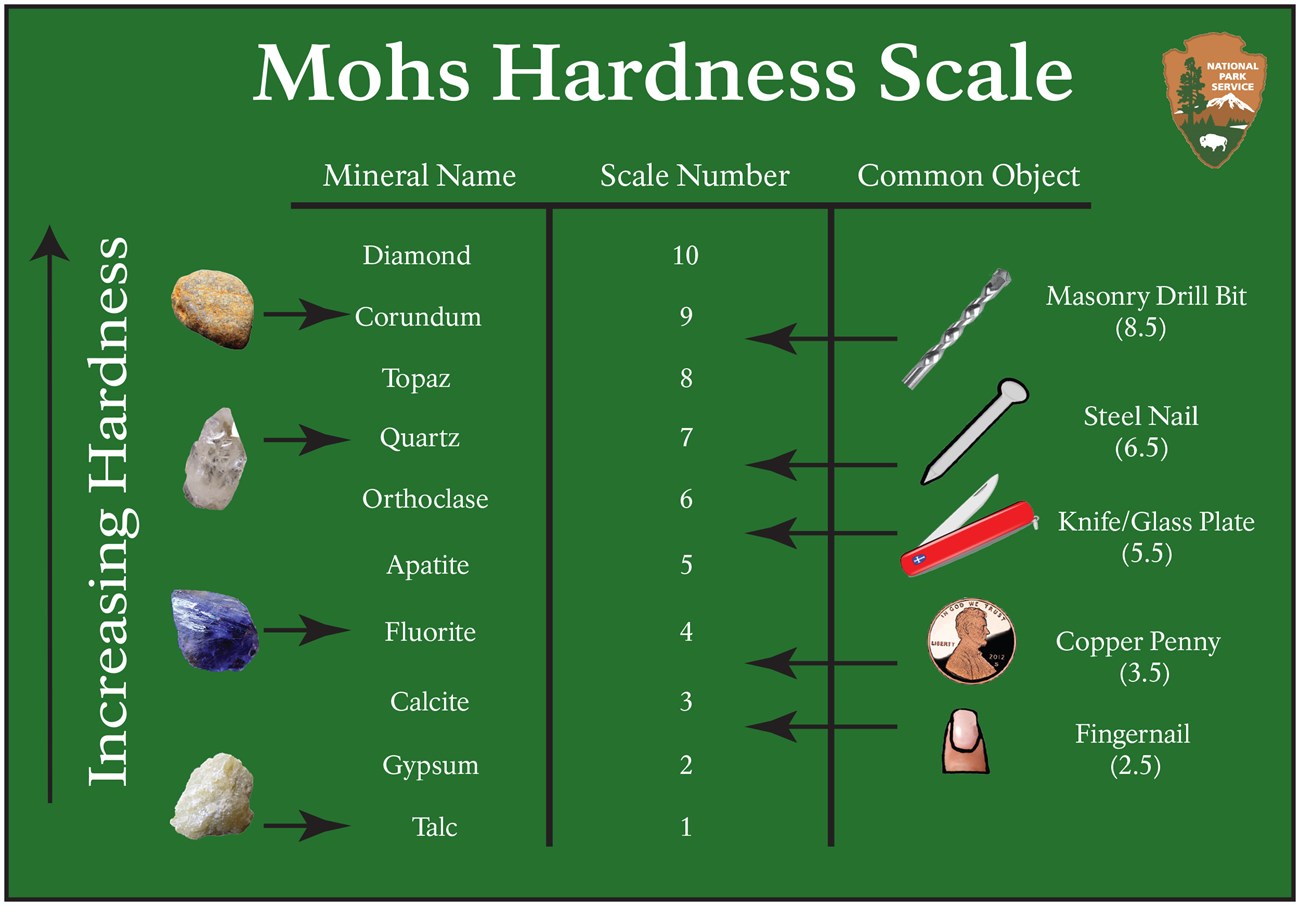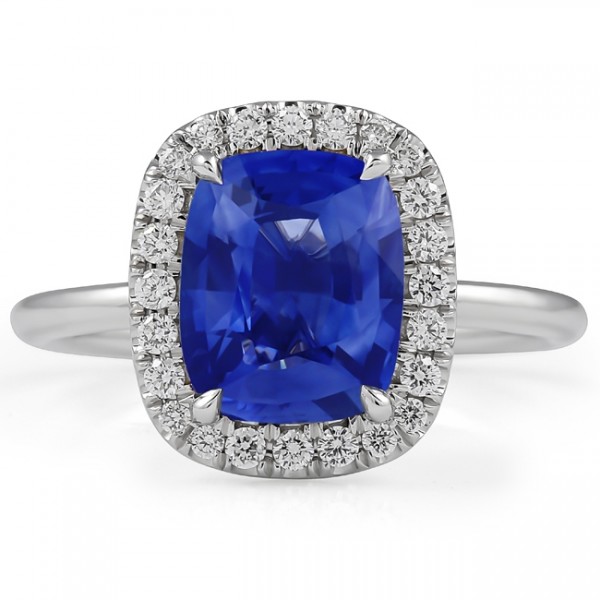Click here to get this article in PDF
Create a personalized look for your partner with a gemstone engagement ring. Though not as traditional as diamond center stones, gemstones offer an alternative option that is both unique and sentimental. There are also many benefits to choosing a gemstone over a diamond for your engagement.
A Color Gemstone Can Be More Affordable
Budget is probably the most important part of shopping for engagement rings. Despite diamonds being more popular, many people don’t realize that color gemstones are widely available, making them a more affordable option. Of course, you can still end up with a beautiful gemstone ring that your partner will love and cherish without having to compromise on your budget.


2.29 carat Cushion Cut Sapphire Halo Engagement Ring
Gemstones are Colorful and Fun
From ruby reds to gentle aquamarines, gemstones can be created in whatever color comes to mind.
Pressure, temperature, space, and time are all of the key factors required for mineral crystallization to take place. Taking into account different combinations of these factors, they yield different results. The presence of trace elements influences the hue of the mineral, which is how we identify the color of the gemstones.
If your loved one is looking for a red center stone, you can opt for a Ruby that will give you more of a rich, cherry color or a Red Garnet. If they are looking for more of a pinkish, peach color, opt for Morganite! For a deeper pink color, consider Pink Sapphire.

If your partner is looking for a more orange color, look no further than Citrine or even some Topaz. Similarly, if you are looking for a cheerful yellow gemstone and don’t want to splurge on a fancy yellow diamond, opt for a Yellow Sapphire.
For green gemstones, there are many options. While Emeralds are a popular choice, they are fairly soft and can scratch quite easily not making them very optimal for an engagement ring center stone. However, they are stunning and with proper care and mindfulness, make a great engagement ring center stone. Other green gemstones include Green Sapphire, Tsavorite, Peridot, Mint Tourmaline, and Garnet.


The most popular blue gemstones are Sapphire and Aquamarine. Sapphire is known for its rich, deep blue hue while aquamarine is lighter and more bright. After that, popular light blue include Topaz, and Tourmaline. If you were looking for a purple gemstone, many people would probably choose Amethyst. However, other options include Tourmaline, Kunzite, or Plum Garnet.


If color is not what you had in mind, there are also colorless gemstones available such as White Sapphire and White Topaz. These can be a great option for someone who is searching for something similar to that of a moissanite or diamond.
Color Gemstones are More Personal
Want to design a ring with sentimental meaning behind it? Using a color gemstone gives you the perfect opportunity to do just that. You can use your partner’s favorite color, their birthstone, their favorite gemstone if they have one–the possibilities are endless.
If you are having trouble deciding on a single color or gemstone, you can have the best of both worlds by creating a duo ring. Pair two stones together, either two color gemstones or one color gemstone and one diamond, for a stunning representation of your connection. Combine your two birthstones, a birthstone and a diamond, two favorite colors, or a birthstone and a favorite color.


Cushion Ruby and Oval Diamond Duo Ring
Color Gemstones Can be Bigger than Diamonds
If your goal is to purchase a center stone that is larger in size, you are in luck. Gemstones can be an efficient and cost-effective option for an engagement ring, as they are often bigger than diamonds. Depending on your budget, you may have more room to increase the carat weight of the gemstone since color gemstones are generally less expensive than diamonds.
If size matters for your center stone, you can have a larger sized engagement ring, while saving money on your overall purchase. Diamonds are cut to maximize brilliance, while gemstones are cut to maximize their color. In this case, a larger stone may be what you’re looking for in order to show off the beauty in your colored gemstone.
Gemstones, Minerals, and the Mohs Scale of Hardness
If you do decide to go down the color gemstone path, durability is a very important factor to consider when choosing your center stone. The Mohs Scale is used to measure the hardness of minerals, or their resistance to scratching. The scale starts at 1 and ends with 10 being the hardest.
Diamonds are the hardest existing mineral, only able to be scratched by another diamond, while talc is the softest, able to be scratched by just your fingernail. After diamonds comes Moissanite, which measures at a 9.25, then the Corundum family (sapphires and rubies) measuring at a 9. After that comes Topaz at an 8 and Quartz at a 7.

It is important to keep in mind that the Mohs scale is not linear meaning there are varying levels of hardness between the assigned values. For example, a diamond is actually about four times harder than a sapphire, but a sapphire is only twice as hard as topaz.
When looking for your center stone, we would recommend selecting a gemstone with a Mohs rating of 7 or above. A gemstone with this rating would be able to withstand daily wear.
Are You Choosing a Color Gemstone?
With a stunning colored gemstone at the center of your engagement ring, you’re choosing a ring that not only catches the eye with its beautiful color, but also has a unique story behind it. No matter what you have in mind, our team of experts at Lauren B can help you find the perfect cut and color so that you can create a ring that will be sure to turn heads.
